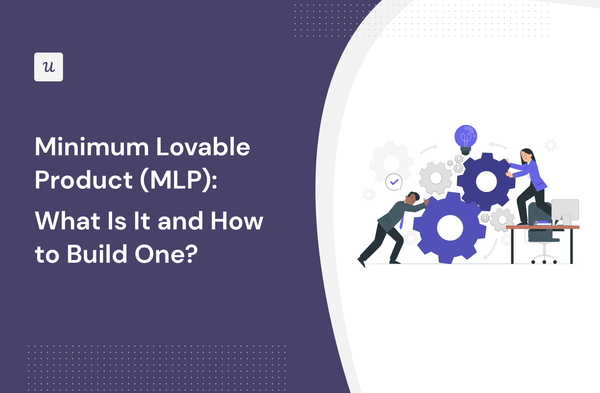Building a Minimum Lovable Product (MLP) Guide
A Minimum Lovable Product (MLP) is designed to be loved by early adopters, emphasizing user engagement and emotional connection. Different from MVPs and MMPs, MLPs require clear goals, market research, must-have features, UX/UI design, KPI selection, post-launch feedback gathering, and iterative improvements. Key steps include setting goals, conducting market research, building essential features, working on UX/UI design, defining metrics for success, collecting feedback post-launch, and iterating based on results. Best practices involve keeping feature sets lean and agile, focusing on the target audience during development, prioritizing education/discoverability at launch, and presenting benefits effectively.
Kustomisasi Ringkasan
Tulis Ulang dengan AI
Buat Sitasi
Terjemahkan Sumber
Ke Bahasa Lain
Buat Peta Pikiran
dari konten sumber
Kunjungi Sumber
userpilot.com
Minimum Lovable Product (MLP): What Is It and How to Build One?
Wawasan Utama Disaring Dari
by Adina Timar pada userpilot.com 03-08-2022
https://userpilot.com/blog/build-minimum-lovable-mlp-product/
Pertanyaan yang Lebih Dalam
